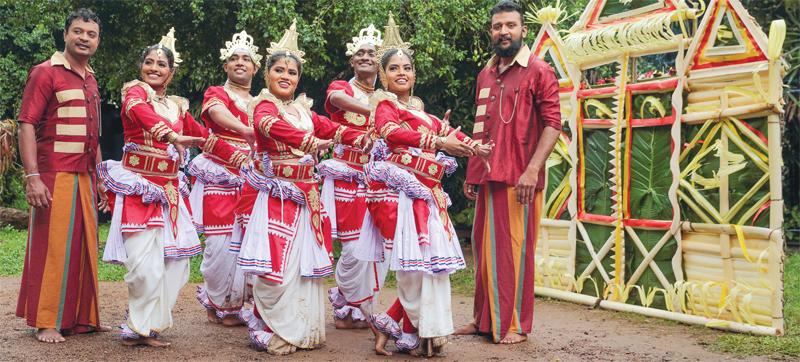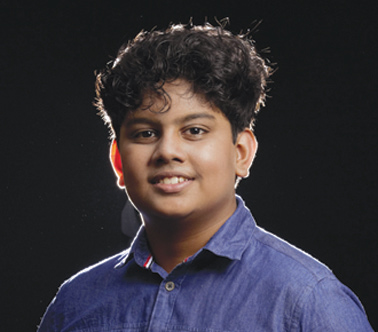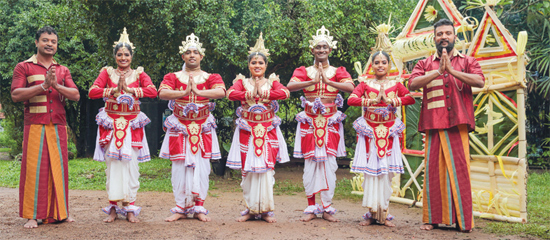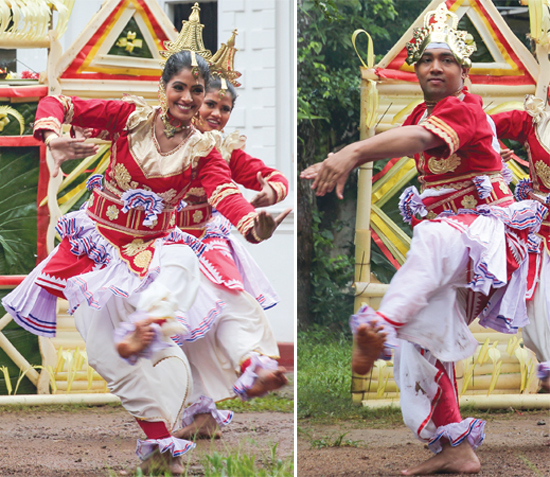
In September, 2011, a troupe from Sri Lanka travelled to Zhanjiang, China to compete for the title of the ‘Best Folk Music and Arts Troupe in the world. Sixty teams who partcipated at this event, one country would be crowned as the winner on the seventh day.
"The six chosen teams’ country flags will be on the flag polls at the events gates" said the Committee on the sixth day.
On the last day of the competition every group walked to the stadium. Among the flags of America, Russia, France, Georgia and South Africa was the flag of a small, independent and beautiful country-Sri Lanka. That day the team from Sri Lanka brought home the trophy to Mother Lanka.
 |
| Seth Ranwala |
How? You might be thinking, how did this small country manage to defeat all those powerful Nations in this battle of traditional music? It is one word,-Variety. There is a huge variation of arts in Sri Lanka, ranging from dancing, singing, drumming all the way to acting, puppetry and drawing.
Among all these fascinating fields my favourite is traditional dancing.
In the past there had been three main traditions in dancing, namely; Udarata, Pahatharata and Sabaraga- muwa. These traditions all had different dance styles, songs and customs.
My favourite tradition is the Sabaragamuwa tradition because of its fascinating beliefs. The Sabaragamu tradition started way back at the time of Ravana, and its past is rich with beautiful stories. This tradition is related to the Saman Dewalaya and its customs.
The Sabaragamu tradition can be found mainly in the Kalawana, Balangoda and Ratnapura areas. And all the different, unique dances are performed to the sound of a drum called the Dawula.
 In olden times if you wanted to learn this ancient art of Sabaragamu dance you would need a few qualifications; You would have to be high up in the social and cast system and also your horoscope would have to match the require-ments for a dancer.
In olden times if you wanted to learn this ancient art of Sabaragamu dance you would need a few qualifications; You would have to be high up in the social and cast system and also your horoscope would have to match the require-ments for a dancer.
If you had these two requirements you would be sent to a teacher at a young age, to live there till you had learn it. This method of teaching was called Guru gedara adyapanaya. When you had learnt all of it there will be a ceremony where the teacher would approve and welcome you as a dancer.
This is called Guru waram deema. Many Sri Lankan traditional dances are performed for occasions like weddings, and birthdays.
But the Sabaragamu traditional dance is not performed as it is only danced for the god, and not humans.
The dancers wear a very attractive outfit called the pabalu andum kattalaya. The outfit is believed to match god Saman's outfit, once again making the tie between the Sabaragamuwa dance style and the Saman Dewalaya even stronger.
The Ratnapura area where the Sabaragamu dance style is popular is also famous for the abundance of gems found there, but in my opinion all those gems are less valuable than the dance style of Sabaragamuwa.
These gems of dance can shine brighter than the stars in the sky if they are polished correctly.
Seth Ranwala – Age 13 Years – Ranwala Foundation

